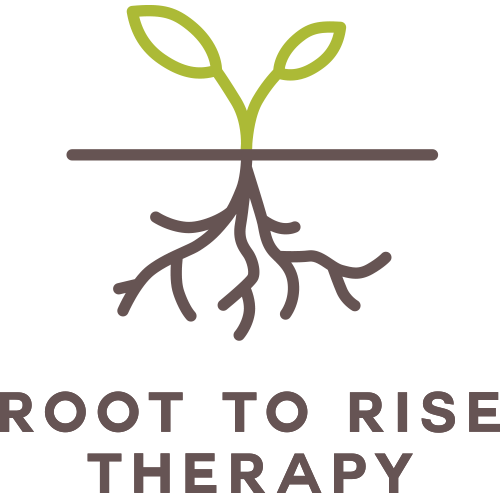September is here. This bittersweet mix of summer ending and autumn beginning brings a wave of nostalgia, making it a natural time for gentle reflection. Just as the seasons shift, we can soften into letting go, practicing forgiveness, and beginning anew.
The Many Faces of Grief
When most people hear the word grief, they think of losing a loved one to death. And while that can be one of the most painful types of grief, it’s not the only one. Grief is actually a natural emotional response to any significant loss, not just the loss of a person, but the loss of routines, roles, relationships, dreams, or even parts of ourselves.
Downside to Faking a Smile
Most of us have heard of toxic positivity at some point; the pressure to stay upbeat and ignore difficult emotions, even if it's more honest to feel and express them. Of course, we would love to appear and feel positive all the time, but what really are the impacts of always putting on a smile?
Can’t Stop Overthinking?
Overthinking can feel like a never-ending loop, keeping you stuck in a spiral of rumination and anxiety. It can be exhausting, overwhelming, and frustrating—especially when you know it’s unhelpful, but you just can’t seem to stop.
Cycle of Narcissistic Abuse
For those in a relationship with someone who has narcissistic tendencies or NPD – whether a parent, partner, or close friend – the experience can feel captivating, destabilizing, and difficult to navigate. Long-term relationships with these individuals can leave a profound and long-lasting effect.
Reclaim Your Reflection
Through my work as a therapist and within my personal life, I’ve witnessed the pressure of society’s beauty standards, and how it can greatly impact someone’s self-esteem and body image. While this experience is fairly common, there is a difference between temporary dissatisfaction with your appearance and a diagnosis. For someone with Body Dysmorphic Disorder (BDD), this preoccupation can take over your daily life, leading to a constant loop of anxiety, self-doubt, and shame.
The Window of Tolerance
Imagine your emotional state as existing within a window. When you're within this window, you can think clearly, make rational decisions, and feel in control of your emotions. This state allows you to handle daily stresses without becoming overwhelmed or shutting down. It’s where we experience a balance between our sympathetic (fight-or-flight) and parasympathetic (rest-and-digest) nervous systems. This is your window of tolerance.
Supporting Kids: Big Emotions
In my work with children and parent coaching, many of my client’s parents have asked me something along the lines of, “How can I best support my child when they’re feeling overwhelmed or dysregulated?” This question has come up more recently due to the busy season, so here are some effective strategies* to help your child–and yourself– navigate moments of dysregulation with care and connection.
How to Build Resilience
Life presents us with challenges–that is inevitable. Over the course of my life, I have witnessed immense resilience in people from my culture which presents as strikingly superhuman at times. However, certain key components and practices build this resounding resilience over time.














